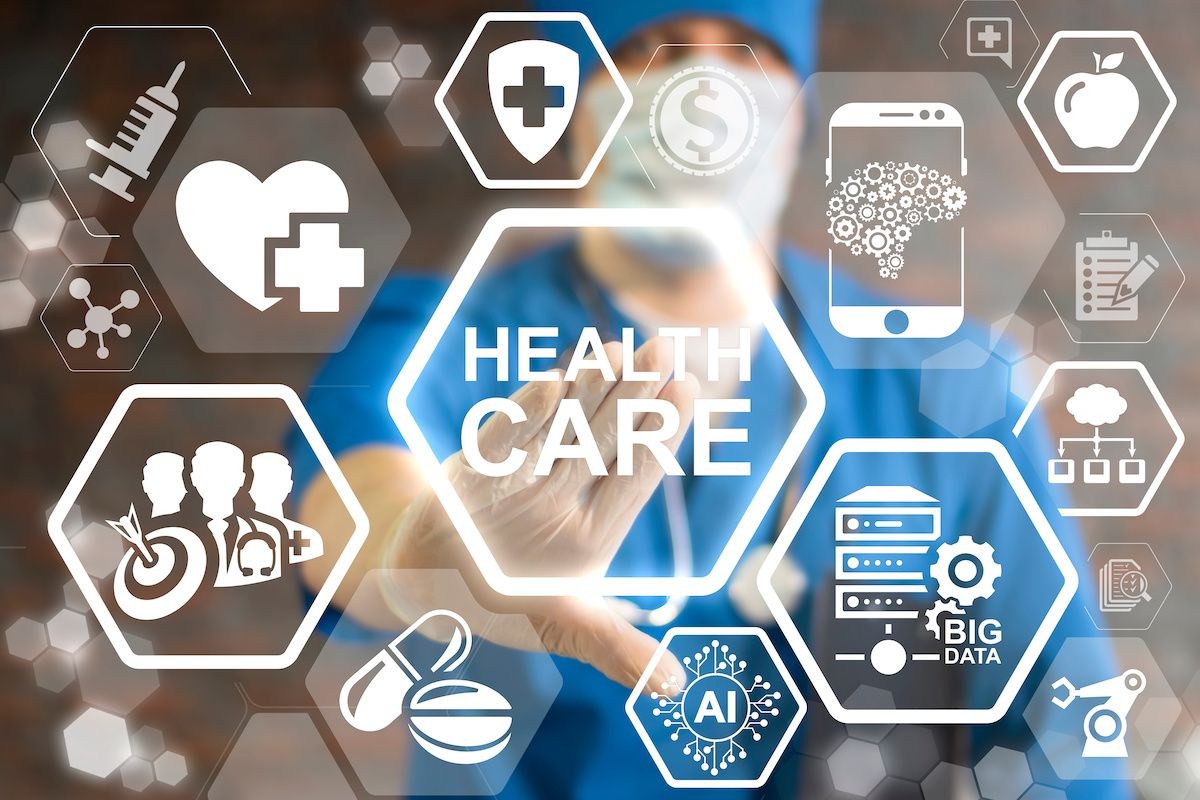
@ShahidNShah


Focus is on improved patient outcomes, smoother administrative functions. Throughout the past three years, there have been significant changes in the healthcare sector. Health care practitioners are acutely aware of how technology can impact-and improve-the administrative side of a medical practise as well as patient outcomes after rushing to fulfil patient requirements during the pandemic. Many private clinics will be compelled to implement cutting-edge patient engagement technologies in 2020, including telehealth platforms and accepting payment methods through digital wallets. The same healthcare organisations are currently improving their technical capabilities, which has a favourable effect on productivity, provides more accurate patient data, and generates demonstrable income increases. But other factors are also advancing society. We anticipate a rise of independent practises in the upcoming year. There are several ways medical practices can embrace patient-centric technologies to improve the patient experience and outcomes. Here are some ideas:
Overall, the key to embracing patient-centric technologies is to prioritize the patient experience and use technology to improve patient outcomes, increase efficiency, and provide personalized care.
Continue reading at medicaleconomics.com
At the business's earnings call on February 16, R1 RCM CEO Lee Rivas stated that the company is investing in three key objectives to enhance its technology in 2023: Automate revenue cycle processes …
Posted Feb 22, 2023 Technology Revenue Cycle Management
Connecting innovation decision makers to authoritative information, institutions, people and insights.
Medigy accurately delivers healthcare and technology information, news and insight from around the world.
Medigy surfaces the world's best crowdsourced health tech offerings with social interactions and peer reviews.
© 2025 Netspective Foundation, Inc. All Rights Reserved.
Built on Apr 21, 2025 at 5:57am